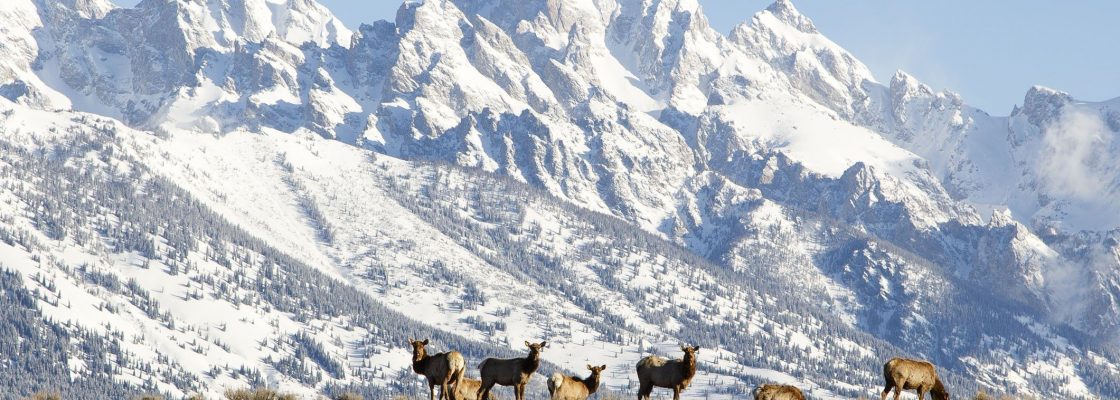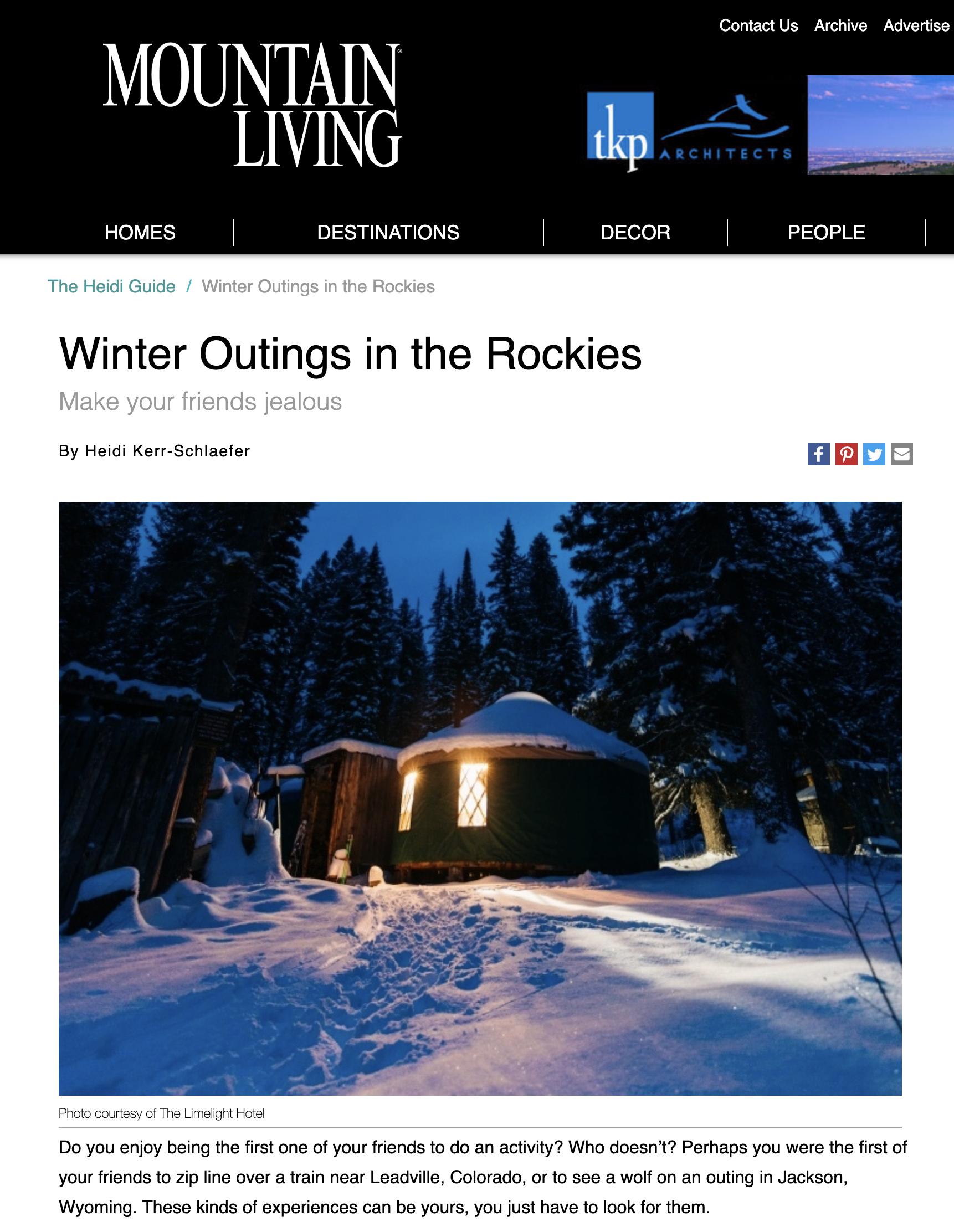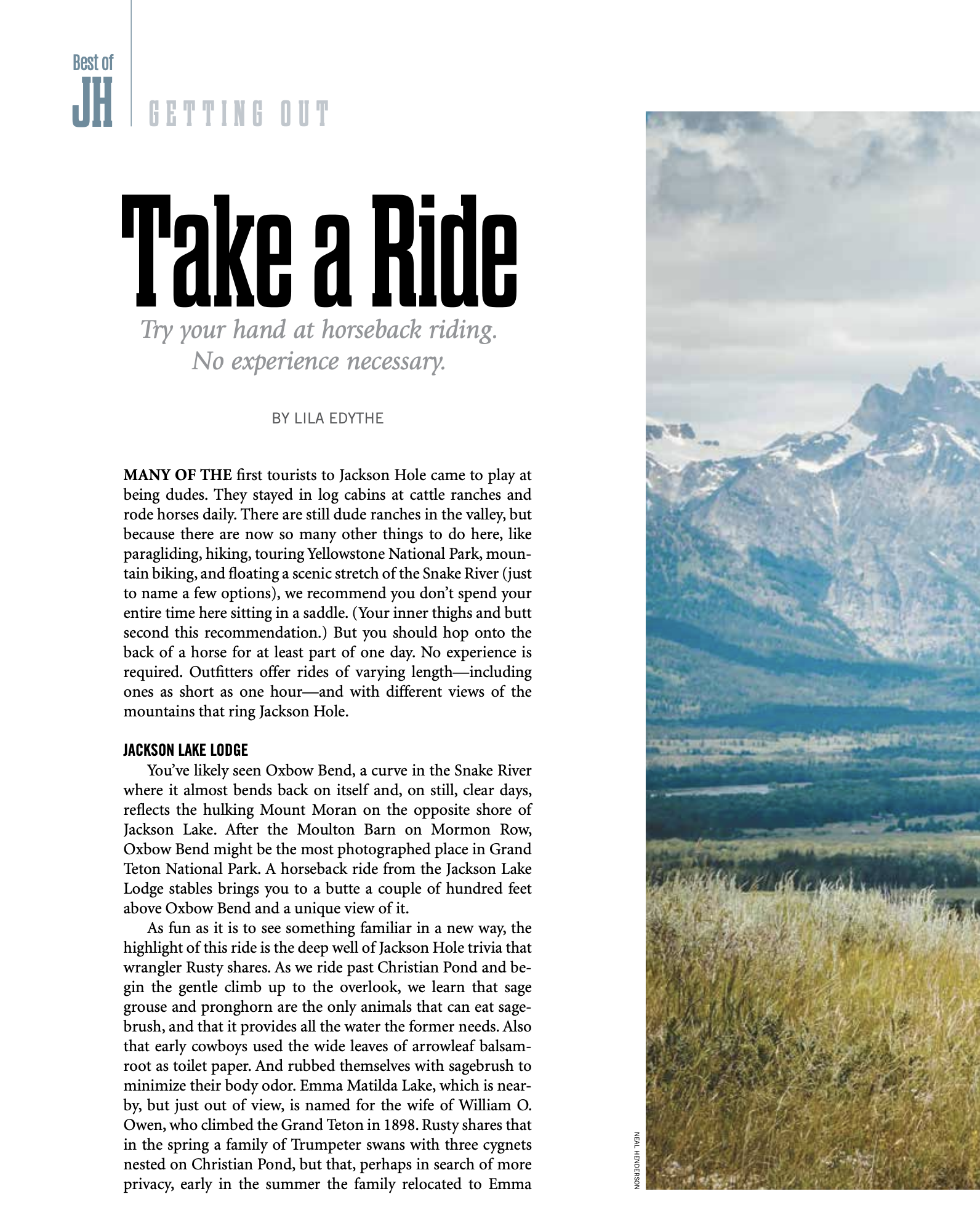Celebrate Earth Day with These Amazing Local Animal Facts
Jackson, Wyoming, and the surrounding areas are bursting with wildlife. From the buzzing midges to the mighty grizzly bear, you’ll be surrounded by some of America’s most amazing creatures when you visit Jackson.
With Earth Day just around the corner, we wanted to celebrate the season with just some of the incredible facts about the wildlife in our backyard. Some of these cool facts will really surprise you!
Pronghorn Antelope of Jackson, Wyoming
- These numerous nimble creatures can be found all over the western and eastern plains of America.
- Pronghorn are the fastest animals in North America, they can run up to 65 miles per hour.
- Although they are fast, they are not nimble. Most pronghorn will not jump fences, instead, they squeeze underneath. When ranchers install wire or barbed wire fencing, they often get caught. To combat this, many roads now have green belts over or underpasses that funnel pronghorn to one spot where they can cross the road safely.
- When a pronghorn sees a threat, they raise their tails and rumps up, exposing a big white patch of fur. You can see this up to 2 miles away.
The Bears of Wyoming
- There are two types of bears in Jackson, black bears and grizzly bears. Grizzlies are larger and more territorial, while black bears can be smaller and more
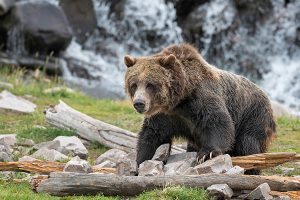 skittish. Either way, a bear encounter is very dangerous, so be sure to hike in groups, make noise, carry bear spray and never approach a bear.
skittish. Either way, a bear encounter is very dangerous, so be sure to hike in groups, make noise, carry bear spray and never approach a bear. - Bears actually don’t truly hibernate. They slow down in the winter, entering a torpor or a half-sleep. Hibernation means the animal will not wake if touched or if they hear a noise, torpor means they will awaken if they are disturbed.
- When bears rest up in winter, they actually absorb their urine. Gross, we know, but this keeps muscle atrophy at bay.
- Bears love moths. It’s one of their favorite snacks! The bears of Yellowstone have been known to consume 40,000 moths in one day!
The Mighty Bald Eagle
- Easily recognized with its mighty white head and yellow beak, the bald eagle is a sight to behold.
- As one of the largest raptors (birds of prey) in the world, the mighty bald eagle has a wingspan of just over 7 feet.
- While diving for prey (ranging from fish to muskrats) they can reach speeds of 100 mph.
- The bald eagle loves to ride the thermals. It isn’t uncommon to see a bald eagle at heights of 10,000 feet in the air. That’s almost 2 miles above the ground!
- Bald eagles mate for life and start to find their partner at 4 to 5 years old. They build mighty nests that are often 3 feet deep and 5 feet wide.
- Bald eagles are solitary creatures. You may find them in groups if there is a large kill, but in general, they keep to themselves.
Fun Facts About the Gray Wolves of Yellowstone
- Wolves love to binge eat. They may go 14 days without food, but when they do make a kill they will eat 20 to 30 pounds of meat for one meal.
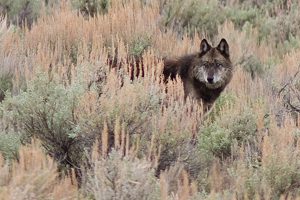
- Wolf territories are HUGE. Family packs usually consist of 4 to 30 wolves (although 30 is very rare) that range from 50 to 1,000 square miles.
- There are currently an estimated 100 wolves in Yellowstone National Park. In 1995 wolves were re-introduced into Yellowstone and the program has been a huge success. States such as Colorado are re-introducing these apex predators by following the plans in the flagship Yellowstone reintroduction program.
- Wolves howl to communicate. It is believed that they howl to warn neighboring packs to stay away, locate one another, and rally before a big hunt.
- Although they are called gray wolves, there are actually many different colors, brown, red, and black. These are subspecies of the North American Gray Wolf.
- Wolves breed in the winter and have their pups in April. The pups are blind and completely dependent on their mothers until their eyes open.
- Wolves typically mate for life.
Did You Know That Elk…
- There are plenty of hoven animals to be found all over Jackson, Wyoming. The elk are by far the loudest of the bunch. Their bugling (most active in late summer and fall) is the loudest call of all hoven creatures.
- Elk LOVE the cold! In the sweltering summer months, they forage for food early in the morning and the evening. During the heat of the day, they hide in the shade or nap in the tall grass.
- Elk have some of the largest herds of any North American hoven animal. They love to socialize. The Jackson Elk Herd has an estimated 11,000 members!
- Male elk have mighty horns! These fast-growing headpieces are essential for fighting for mating rights. Their horns can grow up to 1 inch per day!
- Elk are a vital part of many Native American livelihoods. In Shawnee, they are called “wapiti” or “white rumps.” Named after their distinct white fur on their backsides. As a vital source of food and resources, elk are also closely tied to music in Native American stories.
- Elk can count! Studies have shown that most females will choose a male mate with 10 points on their antlers over 9 points.
Big Bison Facts
- Bison need a lot of food to stay warm and roam around. Dead grasses don’t offer many nutrients in the cold, harsh winters. They eat anywhere between 9 to 11 hours a day.
- Just because they are big (they weigh up to 2,000 pounds and stand 6 feet tall), doesn’t mean they aren’t mighty. Bison can jump up to 6 feet and run up to 35
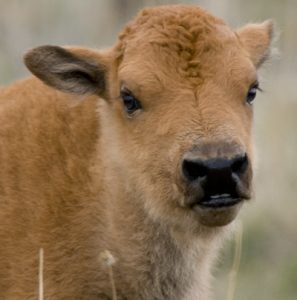 mph.
mph. - Bison nearly went extinct from hunting and used to be found from Mexico to Alaska. Native Americans from across North America are deeply connected culturally and historically to the bison. Numbers went from less than 1,000 in the 1800s to 30,000 wild bison today. You’ll find approximately 4,900 bison in Yellowstone.
- You can find bison in all 50 states.
- Bison have lived in Yellowstone National Park since before the earliest civilizations. Some believe that they had distant relatives in the park during the Ice Age.
- Bison live to be between 10 and 20 years old.
- These mighty mammals use their tails to communicate. A straight-up tail means they are about to charge.
- The diverse wildlife of Jackson, Wyoming works together to create a healthy habitat for these incredible creatures to strut their stuff. With so many different animals, heading out on a wildlife safari is a must-do activity for any Jackson vacay.
Learn from a Naturalist at Spring Creek Ranch
Want to learn even more about the amazing wildlife in Jackson? See the animals in person with a Yellowstone Wildlife Safari Tour. You can chat with our in-house naturalists or head out on a tour to spot some of the amazing spring wildlife around Jackson. Spring marks the season when animals come out of their winter hiding spots and young babies are looking to stretch their legs and play!
Tags: earth day, Jackson Hole, Spring Creek Ranch, wildlife

